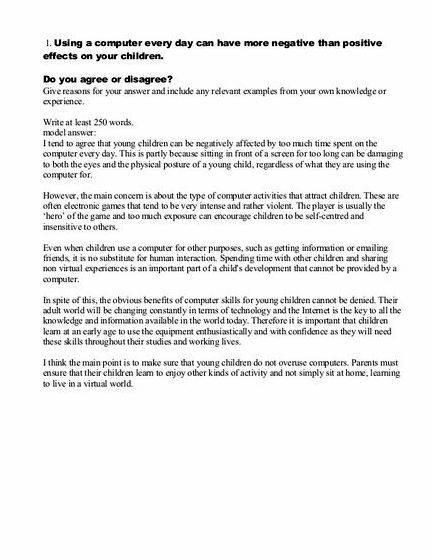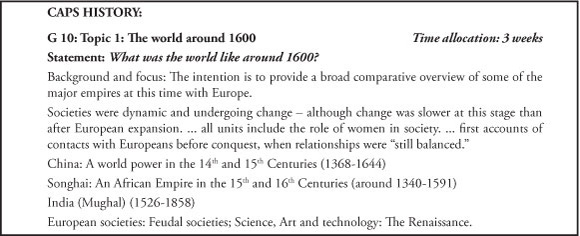Finding Factors of Numbers Differentiated Worksheets - Twinkl.
Factors, multiples and primes features a step-by-step tutorial to determine whether numbers are prime, starting with calculating factors and multiples of numbers. Squares, cubes and roots contains a pair activity on calculating squares, cubes and roots followed by a differentiated main activity on estimating roots. Answers and Blooms Taxonomy.Prime numbers, factors and multiples are essential building blocks for a lot of number work. Knowledge of how to use these numbers will improve arithmetic and make calculations more efficient.Factors Worksheets Prime Factorization Tree Worksheets. These factorization worksheets are great for practicing finding all of the prime factors contained in a number. The Prime Factorization Tree is a great visual aids. The problems may be selected from two different degrees of difficulty. The easiest limits the number of prime factors for.
Prime numbers, factors and multiples Find out how a factor is a number that divides into another number exactly, without leaving a remainder. What is a common factor?A number which only has factors of 1 and itself is called a PRIME NUMBER. For example the factors of 3 are 1 and 3. There is no other way of multiplying two whole numbers to make 3. 3 is a prime number. 1. Work through the numbers 2 to 10 to see which of them are prime numbers. Make a list of them. How to find whether a larger number is prime.

Basic Number, factors and multiples (2 year teaching) (8300 - Higher - Number).









/1958_autobiography_F1497_146.jpg)


